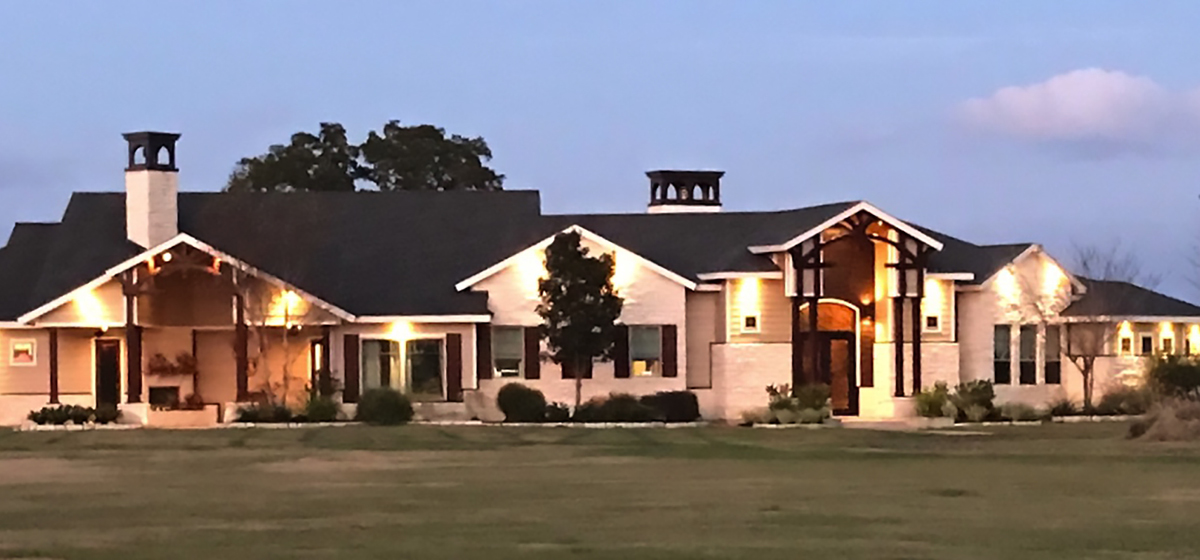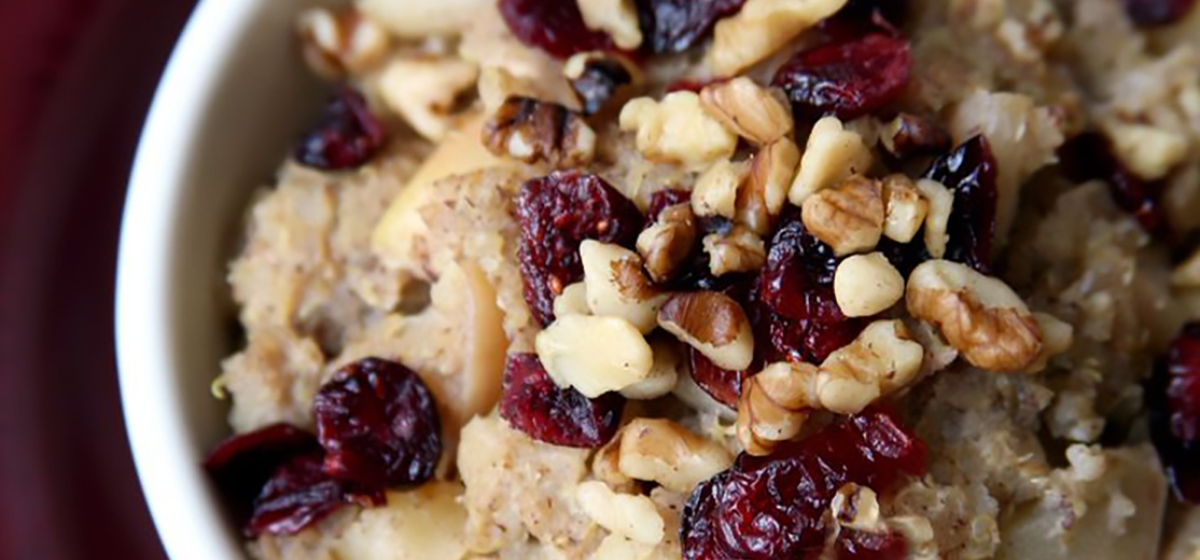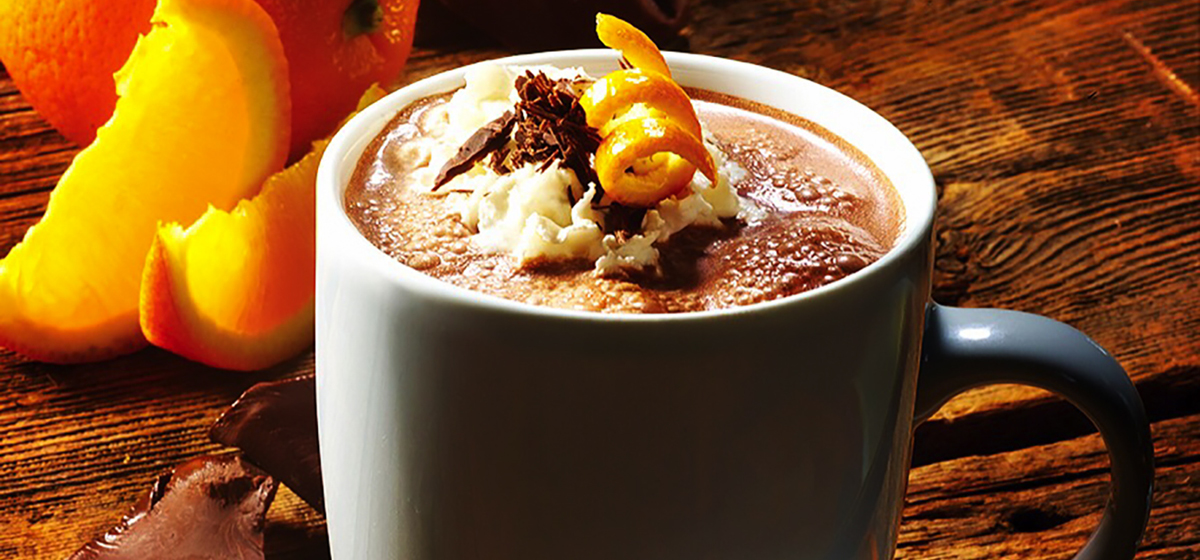Photos by Libby Rogers

Two distinctively different statements, both in agreement, on a libation with centuries of history. To learn about present-day winemaking, we lift our glasses in a toast to one vibrant and energetic couple, Richard and Debbie Henriksen, owners of Froggy Wines in Huntsville, Texas. Postcards enjoyed spending a day with these two winemakers extraordinaire as they shared detailed information about the process. Of course, winemaking takes months and years to produce the exquisite flavors and delicate bouquets sought after by enthusiastic connoisseurs worldwide. The science of winemaking is known as enology, and two of the vital components necessary in making wine are diligence and patience. To have these qualities, the winemaker must first be passionate about his product.
 An array of business models exist in the wine industry. Large scale operations target larger markets offering standard, well-established products, while smaller boutique wineries have the freedom to be more creative with their wines, and where customers may have the opportunity to know the winemaker. A winery may or may not have a vineyard, and conversely, a vineyard owner may or may not operate a winery. Tasting rooms are another very popular option. Froggy Wines is a boutique winery, and Richard and Debbie delight in knowing their clientele and in making new friends through retail sales or spending time with them in the Tasting Room.
An array of business models exist in the wine industry. Large scale operations target larger markets offering standard, well-established products, while smaller boutique wineries have the freedom to be more creative with their wines, and where customers may have the opportunity to know the winemaker. A winery may or may not have a vineyard, and conversely, a vineyard owner may or may not operate a winery. Tasting rooms are another very popular option. Froggy Wines is a boutique winery, and Richard and Debbie delight in knowing their clientele and in making new friends through retail sales or spending time with them in the Tasting Room.
 We begin our day early in the morning before the sun has cast its heat, with the Henriksens,next door neighbors the Ringos, and neighbor Tim. We head next door to the Ringos’ yard, where grape vines have threaded themselves throughout the trees, even to heights of 25 feet. Mr. Ringo has pulled some of these vines down and placed them on trellises he built along the perimeter of their yard. The group pick and clip the clusters of mustang grapes which have thrived well in the sandy loam. Diligence in caring for the grapes prior to harvest includes keeping them free from disease, which can wipe out a vineyard overnight. In Texas, grapes are usually ready for harvesting at the end of July and into August.
We begin our day early in the morning before the sun has cast its heat, with the Henriksens,next door neighbors the Ringos, and neighbor Tim. We head next door to the Ringos’ yard, where grape vines have threaded themselves throughout the trees, even to heights of 25 feet. Mr. Ringo has pulled some of these vines down and placed them on trellises he built along the perimeter of their yard. The group pick and clip the clusters of mustang grapes which have thrived well in the sandy loam. Diligence in caring for the grapes prior to harvest includes keeping them free from disease, which can wipe out a vineyard overnight. In Texas, grapes are usually ready for harvesting at the end of July and into August.
Wine can be made from other fruits, plants, and even honey, but our subject today is vinification, winemaking with grapes. The vintner, or winemaker, will select a type of grape for the product he or she desires to make. Richard will use the mustang grapes harvested this morning to produce a sweet rosé. During the day, he will also check with his supplier from Henderson, Texas, to get a status report on his Blanc DuBois and Black Spanish grapes.
 After harvesting the grapes, Richard puts them in a machine which crushes and destems them. He explains that the stems, seeds, and the few skins removed in this process are either put into a compost or placed out for the neighborhood deer to enjoy. The wine industry is regulated by a bevy of federal and state standards, which include EPA standards for recycling. Regulations also govern every aspect of the process down to the font size of the text on wine labels. Inspections by these authorities can be expected at any time.
After harvesting the grapes, Richard puts them in a machine which crushes and destems them. He explains that the stems, seeds, and the few skins removed in this process are either put into a compost or placed out for the neighborhood deer to enjoy. The wine industry is regulated by a bevy of federal and state standards, which include EPA standards for recycling. Regulations also govern every aspect of the process down to the font size of the text on wine labels. Inspections by these authorities can be expected at any time.
 As he puts the grapes through this first process, Debbie is busy cleaning tables and preparing the Tasting Room and outside seating area for guests. The Tasting Room and retail products are situated in one room of a building, which also houses the fermentation tanks. On a pleasant day, customers can sit outside to sip their favorite wine and enjoy each other’s company.
As he puts the grapes through this first process, Debbie is busy cleaning tables and preparing the Tasting Room and outside seating area for guests. The Tasting Room and retail products are situated in one room of a building, which also houses the fermentation tanks. On a pleasant day, customers can sit outside to sip their favorite wine and enjoy each other’s company.
 As the morning sun rises in the sky, the crushed grapes are now ready for fermentation. Once the skin is broken on a grape and the appropriate yeast added, fermentation begins. The crushed grapes are placed in a large tank or vat with a specified amount of water, when appropriate. Tanks come in many sizes, from smaller ones for amateur winemakers to huge vats for largescale operations. Today, Richard places the crushed mustang grapes into a large tank. For red wines, the fermentation process includes the skins which impart the deep red tones, while the whites will be fermented with skins removed. Fermentation of blush wines will either involve the presence of some skins or the white wine will be mixed with red wine later to impart the characteristic pink color.
As the morning sun rises in the sky, the crushed grapes are now ready for fermentation. Once the skin is broken on a grape and the appropriate yeast added, fermentation begins. The crushed grapes are placed in a large tank or vat with a specified amount of water, when appropriate. Tanks come in many sizes, from smaller ones for amateur winemakers to huge vats for largescale operations. Today, Richard places the crushed mustang grapes into a large tank. For red wines, the fermentation process includes the skins which impart the deep red tones, while the whites will be fermented with skins removed. Fermentation of blush wines will either involve the presence of some skins or the white wine will be mixed with red wine later to impart the characteristic pink color.
 After several days of fermentation, the skins will float to the top and Richard will put these through a bladder press to separate the juice from the skins and other solids. During the initial fermentation, yeast converts most of the sugars in the juice to alcohol and carbon dioxide, with the carbon dioxide escaping into the atmosphere. At this point, red wines can be transferred to oak barrels which impart the oak aromas, vanilla, and tannins to the wine. This can also be accomplished by adding oak spirals, chips, and powders to the wine in the tank which, in effect, increases the surface area of the oak and can extract the tannins much more quickly. The wine is kept warm to allow the remaining sugars to be converted to alcohol. The malo-lactic conversion also takes place, which converts malic acid into lactic acid to give wine a smoother flavor.
After several days of fermentation, the skins will float to the top and Richard will put these through a bladder press to separate the juice from the skins and other solids. During the initial fermentation, yeast converts most of the sugars in the juice to alcohol and carbon dioxide, with the carbon dioxide escaping into the atmosphere. At this point, red wines can be transferred to oak barrels which impart the oak aromas, vanilla, and tannins to the wine. This can also be accomplished by adding oak spirals, chips, and powders to the wine in the tank which, in effect, increases the surface area of the oak and can extract the tannins much more quickly. The wine is kept warm to allow the remaining sugars to be converted to alcohol. The malo-lactic conversion also takes place, which converts malic acid into lactic acid to give wine a smoother flavor.
Sodium and acidity levels are tested at every stage of production, while the alcohol content is tested with an ebulliometer as the wine nears its final stage. Using the ebulliometer, Debbie precisely measures the alcohol content based on the difference in temperatures of the water and the wine. Table wines contain 7-14% alcohol, with dessert wines having 14-21%. Brix represent degrees of sweetness and is determined by the sweetness of the grapes used for the wine, or by adding sugar to the wine during production. Table wines contain 14-23 brix, while dessert wines have 24 or more brix. One of the most popular wines produced at Froggy Wines is their dessert wine, Chocolate Retreat. As we talk about the process, Richard removes the lid from a 72-gallon tank to check the progress of a favorite cabernet he has been nurturing. We learn that a number of clients are anxiously awaiting the bottling of this special recipe by their favorite vintners.
 Racking the wine may take place several times during production. This is a process whereby the liquid is separated from the sediment, and is accomplished by carefully transferring the wine to another container without disturbing the sediment. Further racking can be done through the addition of agents which attract the sediment particles and take them to the bottom of the tank. When the wine is ready for bottling, it may be filtered to remove any remaining particles and to stabilize the product to reduce the possibility of re-fermentation and spoilage. Wine that has not been filtered is labeled “unfiltered.”
Racking the wine may take place several times during production. This is a process whereby the liquid is separated from the sediment, and is accomplished by carefully transferring the wine to another container without disturbing the sediment. Further racking can be done through the addition of agents which attract the sediment particles and take them to the bottom of the tank. When the wine is ready for bottling, it may be filtered to remove any remaining particles and to stabilize the product to reduce the possibility of re-fermentation and spoilage. Wine that has not been filtered is labeled “unfiltered.”
Boutique wineries use the same processes as do largescale operations, but can take more time and be more creative with their products. The vintner can manipulate the wine using his or her knowledge of chemicals and methods to achieve flavors that will be characteristic of their products, and sought after by loyal consumers. Richard enjoys this process and has developed recipes that are not only favorites of Debbie’s and his, but are very popular with the public as well. As he notes, “We take great pleasure in developing wine connoisseurs. Debbie and I enjoy answering questions and sharing our processes with customers. When a loyal customer samples a wine nearing completion and says it needs a little more time rather than saying, ‘bottle it now,’ I know that he or she is being educated on the finer qualities of wine.”
 After the wine has been tested and has met exacting standards in both quality and taste, it is ready for bottling and labeling. Richard and Debbie have enjoyed creating their own label for each type of wine they produce. The wine is bottled and corked, and the label adhered, one by one. No fancy machines here! After all testing and other work have been accomplished for the day, the equipment and surfaces are cleaned, disinfected, and readied for the next day’s routine.
After the wine has been tested and has met exacting standards in both quality and taste, it is ready for bottling and labeling. Richard and Debbie have enjoyed creating their own label for each type of wine they produce. The wine is bottled and corked, and the label adhered, one by one. No fancy machines here! After all testing and other work have been accomplished for the day, the equipment and surfaces are cleaned, disinfected, and readied for the next day’s routine.
As our day comes to an end, we are rewarded with a sampling of some of the Henriksen’s most popular wines. The diligence and patience required by these two winemakers has been rewarded with success, both in the quality of the wines and in the relaxing retreat they provide. “Veni, vidi, vici,” is a Latin phrase attributed to Julius Caesar when he achieved a quick and decisive victory at the Battle of Zela. It means, “I came, I saw, I conquered.” Borrowing, and slightly changing that phrase, let me say, “Veni, vidi, vivo!” “I came, I saw, I enjoyed life!” Cheers!
Postcards appreciates Richard and Debbie Henriksen for their time with us sharing a day in their life as winemakers.
Froggy Wines
104A Knox Circle
Huntsville, TX 77320
(936) 293-8855
froggywines.com
facebook.com/froggywines



